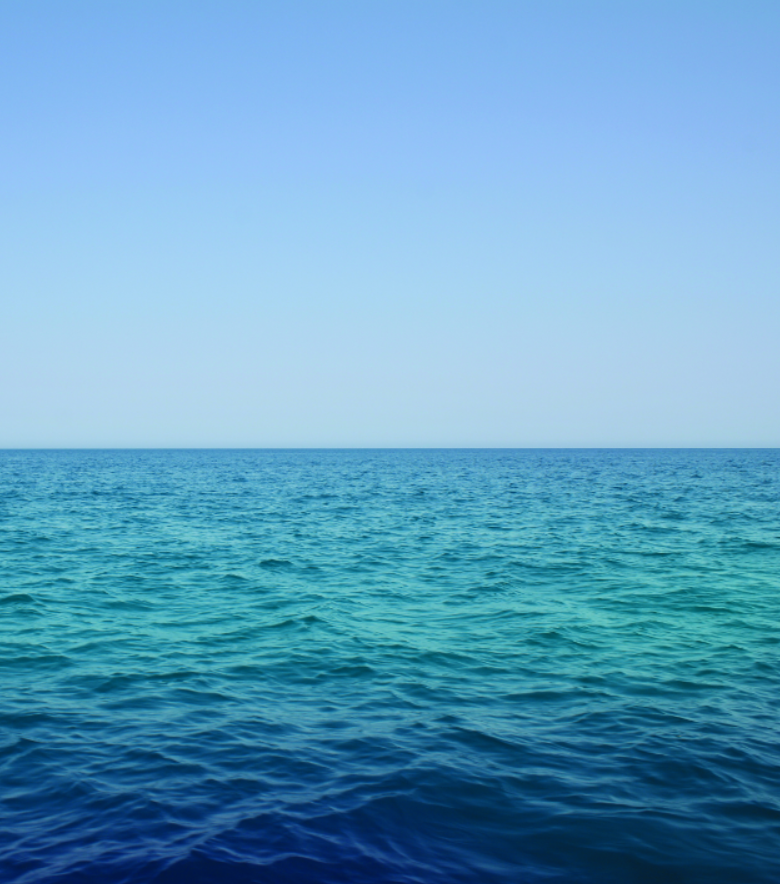- UNITS
- Unit 13 - The Horizon at Sea
- The Game of Words
- Prof. Xue and Luk's Conversation
- An Active Reader
- Asking Questions
- Language Knots
- Test Corner
- LEARNING

How to read and listen
♦ This introductory exercise aims to give you a feel for the sound and rhythm of the language, whilst presenting an overview of the maritime topic at hand. ♦ By reading and then listening to the accompanying audio, you’ll discover how words are pronounced and some simple sentence structures. ♦ Once you are comfortable with how the written and spoken words are connected, you’ll be ready to focus on keywords in the next exercise.
The Horizon at Sea
We have learnt about the ocean environment, and the forces that act in the world’s water. The next most important topic to cover is navigation. We need to understand where we are, and where we are going.
These next four units will cover the techniques sailors developed to navigate using the sky.
On land, we use landmarks for navigation: ‘this side of the mountain slope’, ‘on the far side of the river’s bank’, or ‘in the middle of the next town’. The oceans do not have these same landmarks, the shape and colour of the water is always changing beneath the ship. And so throughout history, sailors have used ‘skymarks’ or celestial bodies, like stars, the Sun, and the Moon, to determine where they are on the world’s oceans.
All cultures through history split their environment into four directions, the cardinal directions, also known in English as North, South, East, and West. We think this is because of the human body, and how we see space around us, it’s split into front, back and two sides. This way the sky’s dome was divided into four zones. Celestial events like the Sun rising in the east and setting in the west, the polar stars, and the zenith positions of stars gave sailors their orientation.
The horizon is the other major reference point, it frames the sky. The sea-level horizon, or visible horizon, is where we see the ocean reach the sky in a line all around us, this is used for timing sunrise and sunset. On land, buildings or mountains may break up the ‘perfect’ sea-level horizon, this interrupted line is called the local or geometric horizon. The other important type of horizon is the celestial horizon, this is used by astronomers. The astronomical horizon is the spherical plane at a 90-degree angle around the observer.
The horizon was all-important in proving the Earth was a sphere. As early as 330 BC, Aristotle thought the Earth must be round from the different path of stars when he changed location. Many people, led by Christian officials, believed the Earth was flat until the late Middle Ages. Sailors and scientists from this time mostly believed otherwise.
There are two big clues to the Earth being a sphere. Firstly, if you watch a ship sailing into the distance, the bottom part of the ship will disappear first, then the top part. It looks like it is disappearing beneath a hill, it is in a way - the Earth’s curvature. Secondly, if you climb to higher ground, you will be able to see the ship again. You’ve climbed higher and so increased the distance of your visible horizon. You can use Pythagoras Theorem to work out that the visible horizon when standing with no extra altitude is around 4.7 kilometers (depending on how tall you are!).
